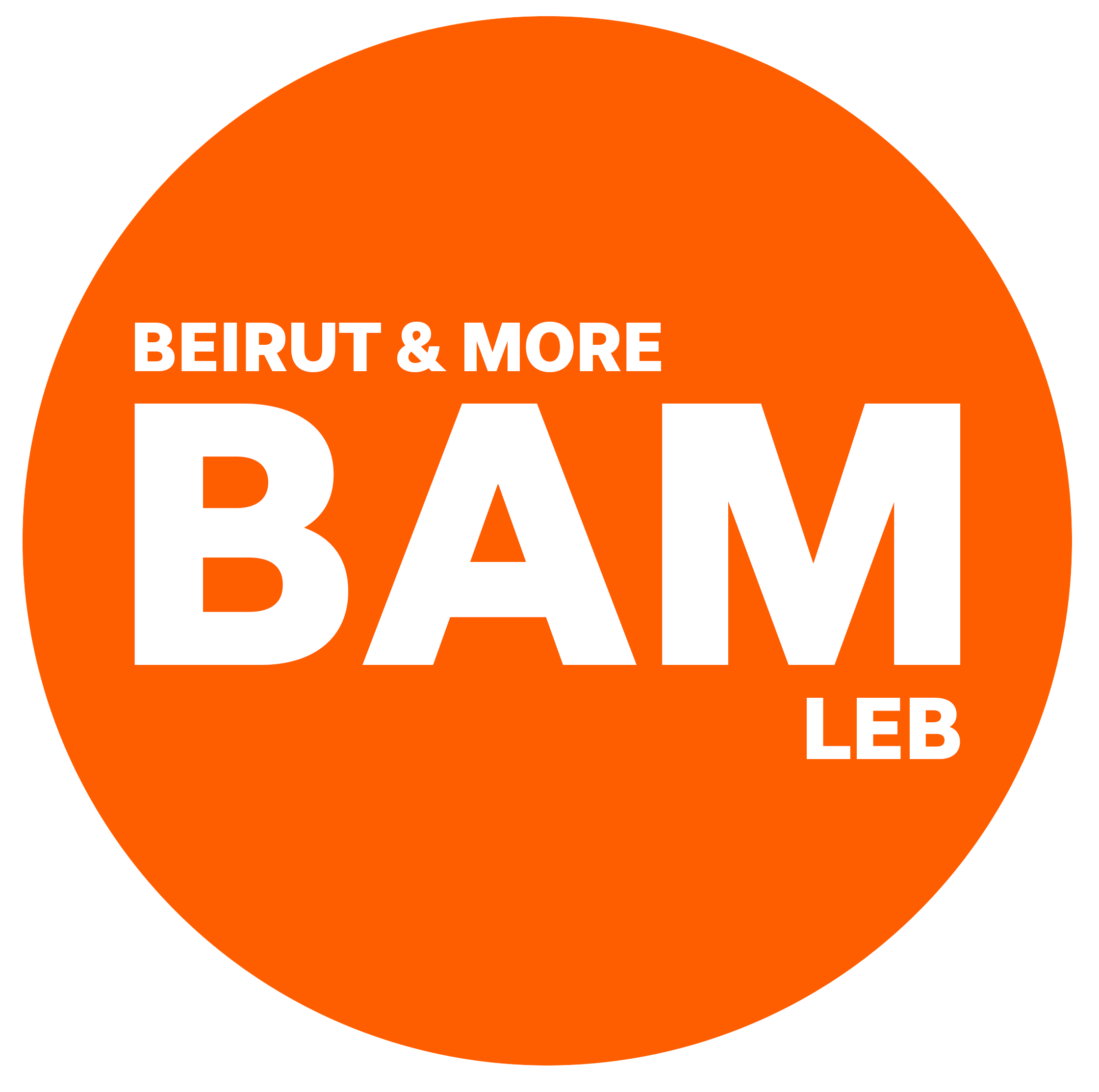- ART & CULTURE
- HERITAGE & HISTORY
- ethnographic museum
Zouk Mikael, Keserwan district
Weaving is considered one of the oldest craft in human history, and wool the first material used in weaving and spinning. Phoenician fabrics surpassed any other fabric in matters of the quality and perfection of their weaving. Thus, the Nawl accompanied the social life in Lebanon, becoming a vital and inevitable necessity due to the living conditions and needs, where families wove their clothes by hand using sheep’s wool and goat hairs. Emir Fakhreddine II Maan the Great engendered a significant revival in the Lebanese silk industry. Emir Bachir Chebab promoted this reviving sector by recruiting Catholic families from Syria to strengthen this production. Hence, Mount-Lebanon became the “Silk Mount” at the beginning of the twentieth century. The Zoukiotes excelled in the production of quality weaving and in the dexterity of Nawl design, from which comes the famous saying of their works of art: “the color is a painting, the thread is a miracle and the production steps into immortality.” Thus, the Nawl of Zouk was characterized by a particular and unique artistic mark, giving it its identity, singularity and intrinsic characteristics.
The Zoukiotes developed the Nawl coming from Syria and improved its production capacity. They learned how to weave abayas, to then innovate in their production by drawing patterns on the Nawl using the shuttle, and introducing new ways of weaving by producing types of clothing such as abayas, capes and scarves, all of which ornamented and embroidered with silver or gold threads, or speckled with different colors and designs.
-
Opening hours
Monday-Friday 9am-4pm
Saturday 9am-1pm

